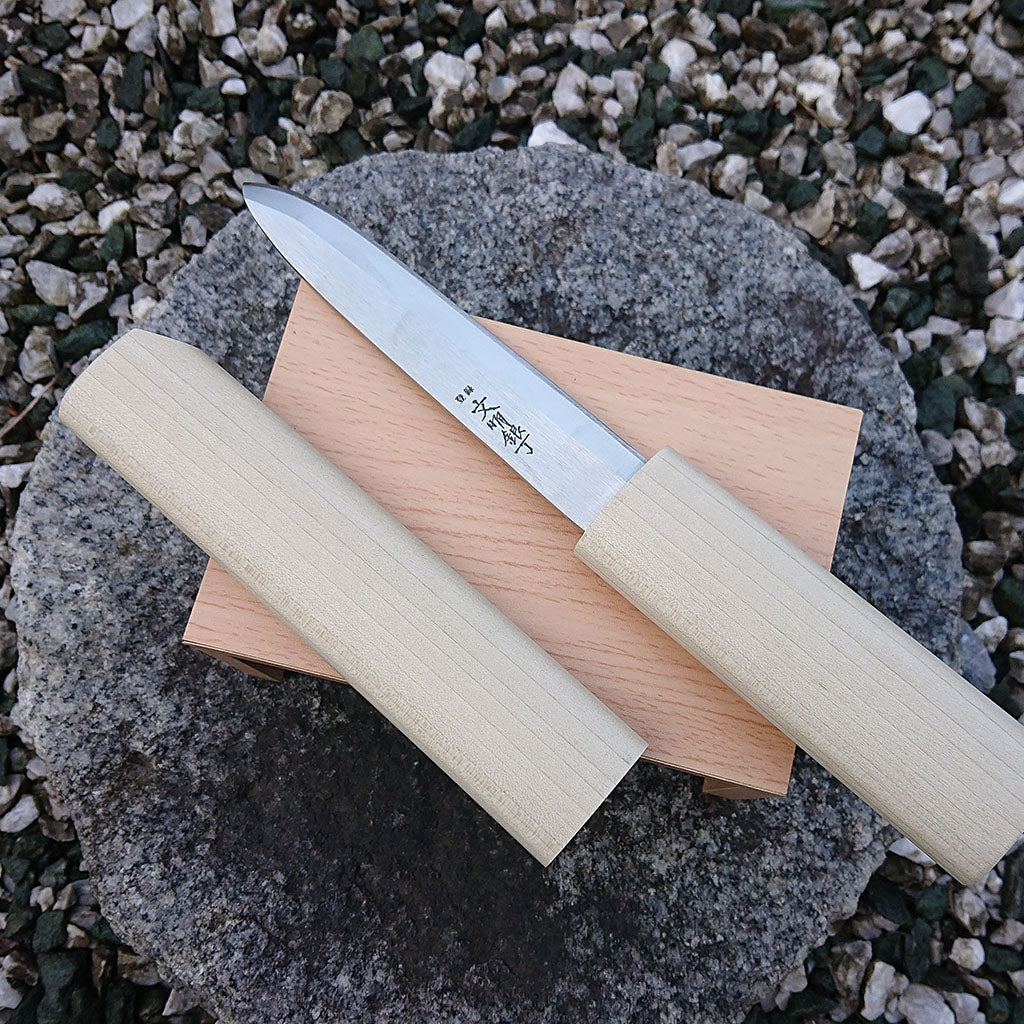Every year, we celebrate Setsubun on the February 3rd.
Setsubun refers to the day before the beginning of each season, but we generally call "Setsubun" for the last day of winter and first day of spring.
Old Japanese people say that bad energy is floating in this season at the beginning of February, just before spring, so we have to get rid of trouble and invite the happiness.
We compare the trouble or disaster to the figure of demon.
However, this year, something is strange!
Setsubun's ritual will not be held on the February 3rd, but on the February 2nd!
This is because of some story of the astronomy.
How many days does it take for the earth to orbit the sun ?
It is 365.2422days !
Generally, it seems to take 365 days that the earth go around the sun, but some cumulative error occurs.
This is why, leap year come around every four years.
However, even though we have leap year, we can not solve a slight error.
So, the Setsubun day is decided as the February 2nd this year to resolve this slight error.
National Astronomival Observatory of Japan decided like this.
So,we celebrate Setsubun on the February 2nd this year.
Here, in Kyoto, when we talk about Setsubun, we can not avoid this shrine!

Yoshida Shrine.
Every year, two big festivals are held in this shrine; public ritual for driving out evel spirits, for burning out the old amulets in a big fire bed.
However, that will not be held to avoid gathering a lot of people this year. It would be a wise decision to keep away the virus scientifically.
On the other hand, some important rituals will be discreetly held inmost place in the shrine.
Traditionally, the ritual of Shinto is held secretly and it is not so opened essentially, so this year's Setsubun ritual should be returned to the original style.
In the Daigengu, main shrine in the Yoshida Shrine site,
all dieties from all Japanese shrines will gather under the Diety "Soranki Omotomikotokami" who is the origin of the universe, and pray the peace of the world and good health of the people, but discreetly!

Daigengu.
For the Setsubun, the special talisman is also important.

we call it as "Kuchinashi iro no Ofuda" which is put at the high place of our home and pray everyday.
This traditional Japanese yellow color is called "Kuchinashi iro" which is made from gardenia flower and safflower.
Essentially, this color has been used only for Crown prince in Japan, but actually, we can use as a precious fortune color which protects
us against evil. Actually the"Kuchinashi iro" which is used for Crown prince is more reddish color.
We will stay health together with all our prayers for this "Kuchinashi iro".
Today, we will introduce a traditional Japanese knife which origin is Katana, Japanese sword and which might be your guardian god too.
This item would be good for this Setsubun season, becauseIn cutlery items like a kind of traditional knife is thought as a body of diety and at the same time it cuts off the string of bad luck in Japan.

It seems like a sword for seppuku, suicide by disembowelment, but this is a PRACTICAL KITCHEN KNIFE, traditional "Makiri knife";which has a single blade and has been used among hunter and fiserperman since long time ago.
Actually, almost all fisermen of Tohoku region, Northest Japan hold this kind of Makiri knife.
This sharp blade is so practical for them to cut the rope, fishing net, and to fillet a fish.

Now, Matagi knife is becoming popular between outdoor people when they prepare the barbecue, camping, fishing etc...
When we camp and especially when we prepare foods, we always need something to cut, and if it can be used for various way,
we may easily enjoy our comfortable outdoor life.

As it is light, solid and is easy for cutting, we often receive the good reputation.
But, there is one thing to take care; when you draw it from the sheath and when you put in a sheath, you have to pay close attention to prevent from hurt yourself and someone around you.
Please note that you stay calm when you use Japanese traditional knives because they are often symbol of Diety ;)
The Makiri knife of a serie of Bunmei Gincho we deal in our website is manufactured by Yoshida metal industry in Niigata Prefecture, region west of Tokyoon Japan seaside.
The material is stainlless-steel uses molybdenum-containing special steel for blades and does not rust easily and retains excellent sharpness.
If you are interested in, please visit our product pages inclusive of the other style of Japanese knives.

